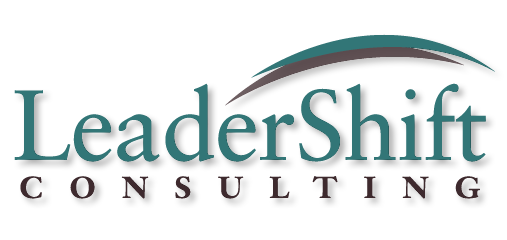The Power of Vulnerability
As an advocate for the underserved in her community, Gloria is recognized as a true leader. She’s smart, resourceful and has a commanding presence. She is unafraid to challenge injustice wherever she sees it, standing up to any person or process that she feels is harming others. Because of her courage, others have come to rely on her to take the difficult stands that they themselves are afraid to take. Tough and courageous, Gloria is a shining example of the grit-based leadership style at its best.
And yet…
Gloria was starting to experience the limitations of her style. When she was forceful, the world often responded to her with force, which took its toll on her. The more others relied on her courage, the more she enabled them to avoid their own. After years of experiencing the gifts of grit, Gloria started to experience the perils of over investing that style. She came to me for coaching, and we worked to help her integrate more grace into her native grit style.
Now, it is often when she calls upon her ‘grace’ side that Gloria is most powerful as a leader. I recently observed her in a community forum, where the discussion was heating up, yet going nowhere. I could see people giving her ‘the look,’ their silent visual request for her to challenge what was happening. And, as she so often does, she stepped up. But this time, her challenge came in the form of vulnerability. Rather than calling people out, Gloria just stood up and quietly told her own truth. “As the conversation is going on,” she said, “I am finding myself more and more exhausted.” In that instant of speaking from the heart, Gloria changed the room. Simply by describing her own personal experience, she seemed to give voice to that of the whole group, and people visibly relaxed in recognition. Soon thereafter, someone spoke up and said, “That’s how I feel, too. I don’t think this is getting us where we want to go. Let’s change the focus and the structure of the conversation.” From that moment on, the group adjusted into a much more productive mode.
For Gloria, it was a much greater risk to be vulnerable than to challenge others; it was a much more personal move. And yet, from where I sat, it was the most potent and effective action she could have taken. Had she stood up and done her normal ‘grit thing,’ she probably would have just amped up the unproductive intensity in the room. But by honestly reporting on her own internal experience, she caused a profoundly effective shift.
When we think about leadership, we tend to think about its more assertive and forceful aspects. But vulnerability has every bit as much power as force to transform. Maybe more.
What about you?
How do you related to the concept of vulnerability as a form of power? Do you embrace it? Resist it? Both?
How do you think others relate to your vulnerability? What impact does that have on your willingness to make yourself vulnerable to others – especially when you are leading or influencing others?
Can you think of a recent or important situation in which being forceful worked against your effectiveness?
What might a more vulnerable response have looked like in that situation?
Where might you want to be more vulnerable in your work life or personal life? What steps can you take to do that?
